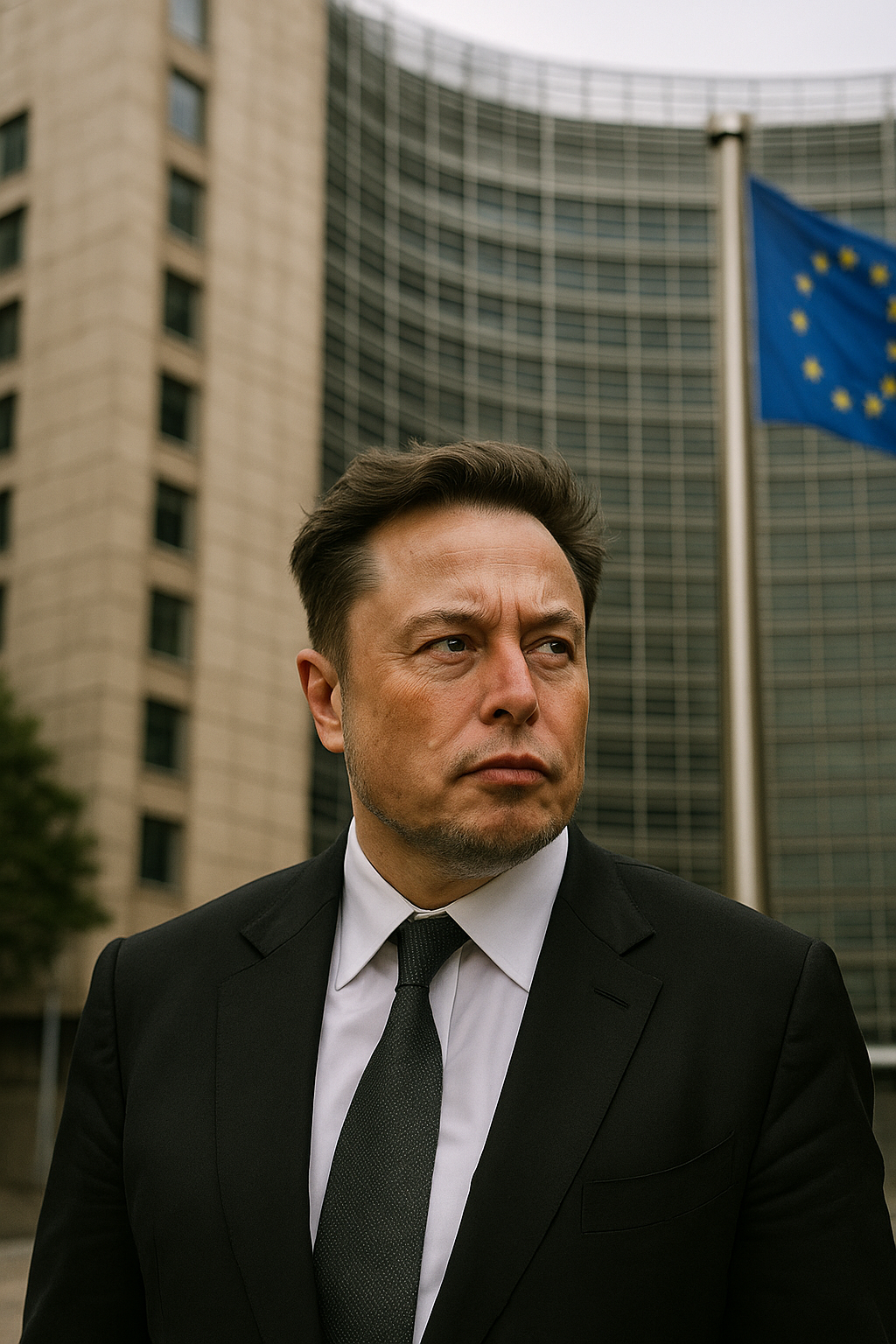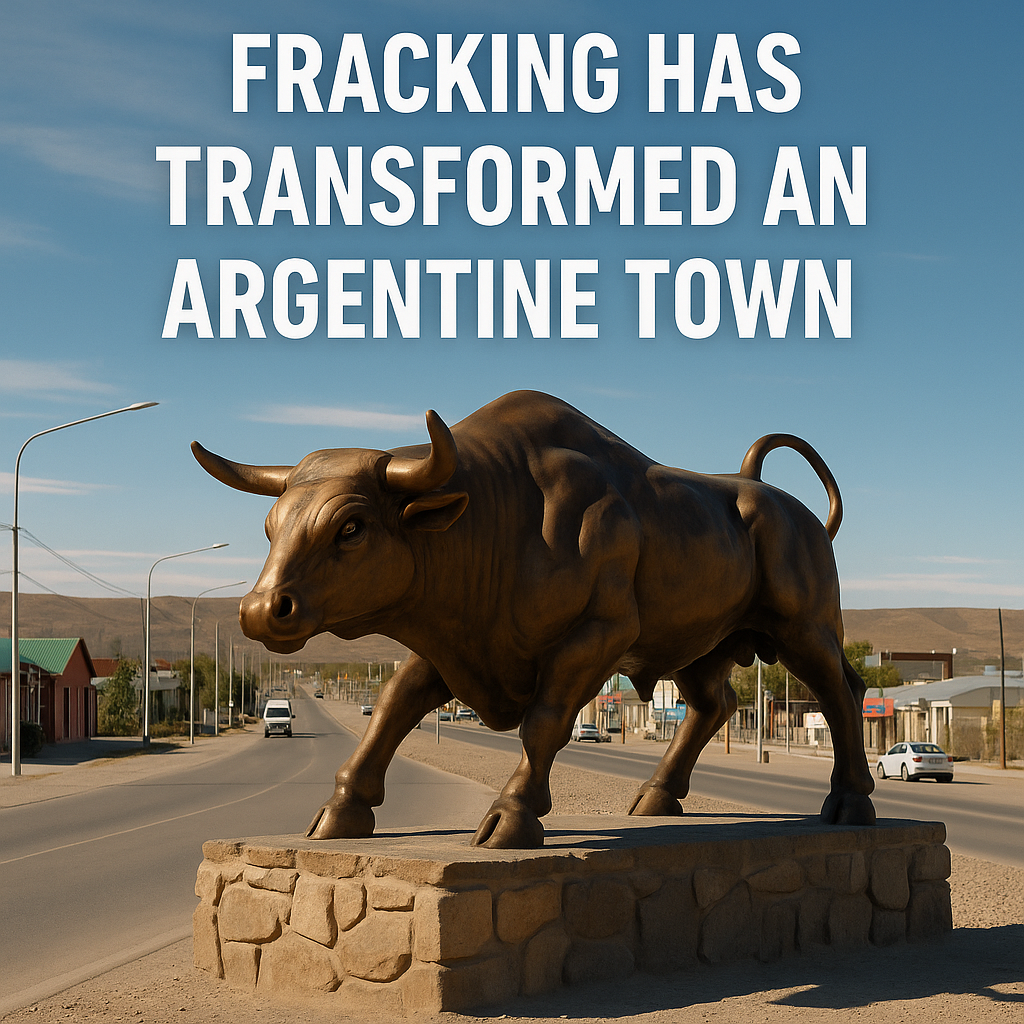Key Highlights
- Trump to impose 25–40% tariffs on 14 countries starting 1 August 2025.
- Asian nations hit hardest, including Indonesia, Cambodia, and Bangladesh.
- Only two deals reached so far — with the UK and Vietnam.
- Markets react negatively: S&P 500 drops, auto stocks fall.
- Developing countries push back, calling the tariffs unfair and damaging.
Introduction
President Donald Trump has reignited global trade tensions by announcing steep new tariffs on imports from over a dozen countries, with Asia taking the brunt of the blow. The move marks the largest US tariff hike in nearly a century and has triggered widespread uncertainty in markets and diplomatic circles alike.
The White House this week notified 14 countries—including key partners Japan, South Korea and Indonesia—that they would face tariffs of at least 25% starting 1 August, unless new trade agreements are reached. Some nations, including Laos and Myanmar, face levies as high as 40%.Major Countries and Sectors Affected by Trump Tariffs
An Evolving Trade Storm
The original deadline for the tarrifs, which Trump announced on April —90 days to strike 90 deals—has now been pushed to August after only two agreements were reached: one with the UK and another with Vietnam.
US President Donald Trump’s tariff policies have created significant uncertainty in international trade, impacting various economies and industries
Japan and South Korea, longtime US allies, now face steep penalties unless they deliver favorable terms. The South Korean president has called an emergency cabinet meeting, while Tokyo is reportedly considering direct talks with US trade envoy Stephen Schwartz.
Developing Nations Hit Hardest by Trump
Southeast Asia has been disproportionately affected. Countries like Cambodia (36%), Indonesia (32%), and Bangladesh (35%) now face some of the harshest import levies, threatening their key export sectors—particularly textiles and electronics. Analysts point out that many of these economies rely heavily on US markets and already operate on thin profit margins.
Adding to the friction is the perception that many of these nations are proxies in the ongoing US–China rivalry. Several targeted countries receive significant Chinese investment, which critics suggest may be a hidden factor in the tariffs.
Market Turmoil and Political Fallout

Global markets responded with anxiety. The S&P 500 fell by 0.8%, its biggest decline in three weeks, while shares of Japanese automakers Toyota and Honda dropped by 4% and 3.9%, respectively. The US dollar also posted its worst first-half performance in over 50 years.
Meanwhile, South Africa, also on the tariff list, hit back. President Cyril Ramaphosa called the 30% rate imposed on South Africa “unjustified,” pointing out that over 77% of US goods enter South Africa tariff-free.
Next Steps: Confusion and Deadlines
White House Press Secretary Karoline Leavitt told reporters the administration is “close” to finalizing several deals, but stressed that Trump wants “the best deals possible,” even if that means waiting longer.
For now, countries have until 1 August to comply—or face the consequences. With the clock ticking and global tensions rising, Trump’s high-stakes tariff diplomacy shows no signs of slowing.




